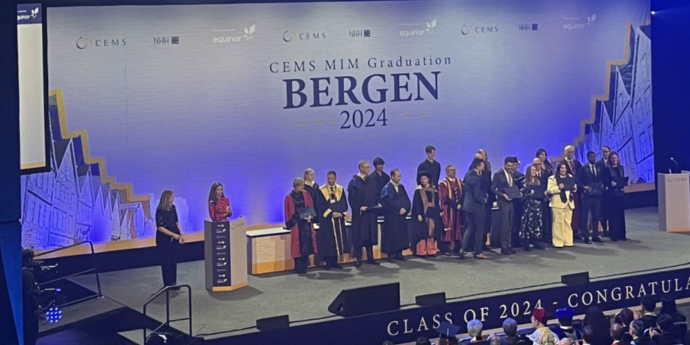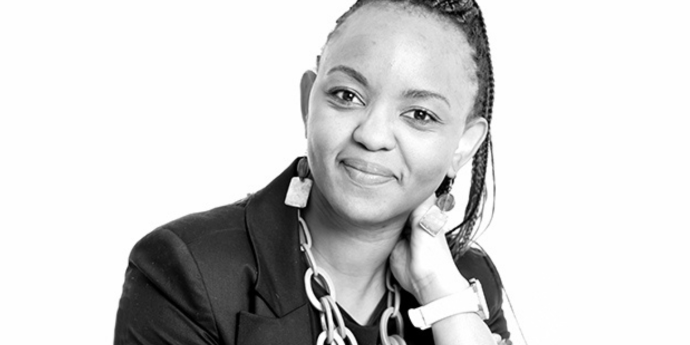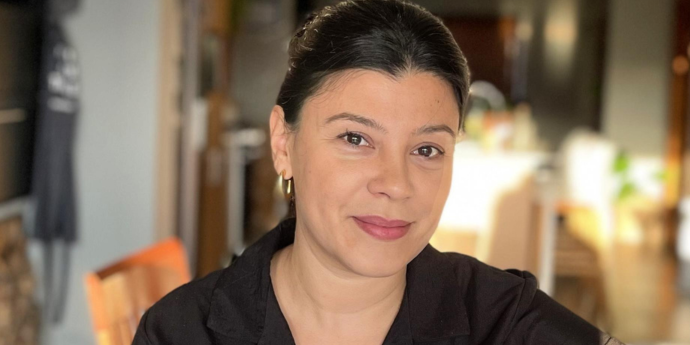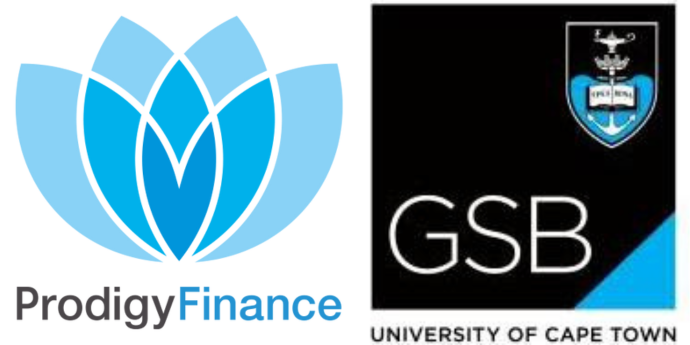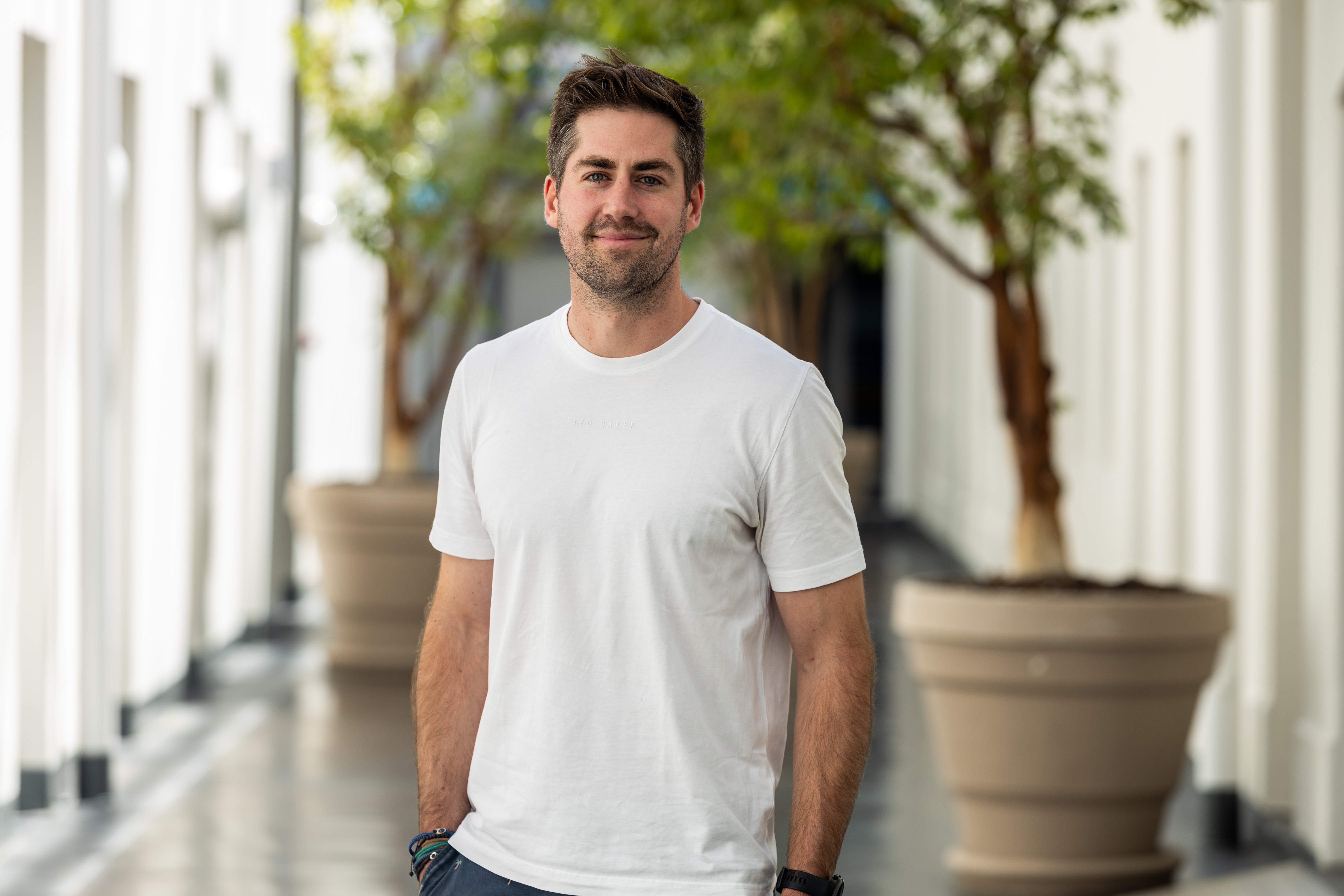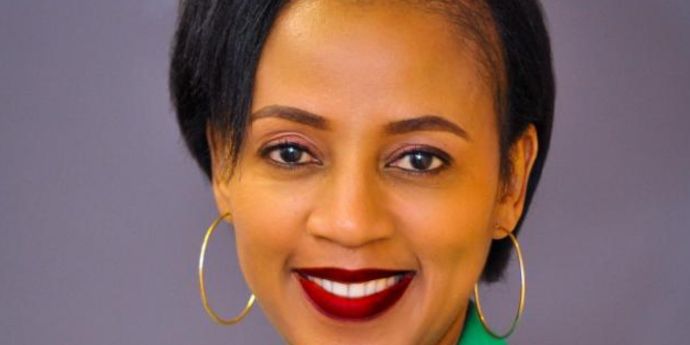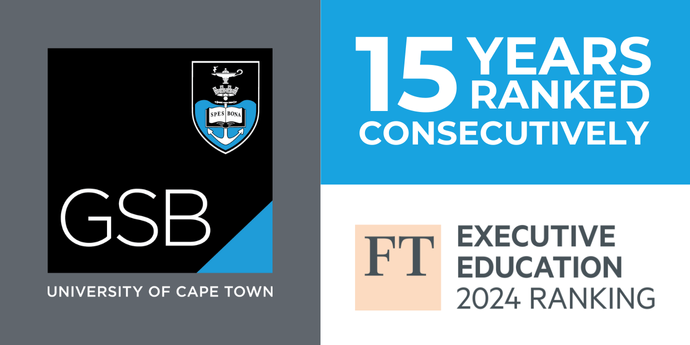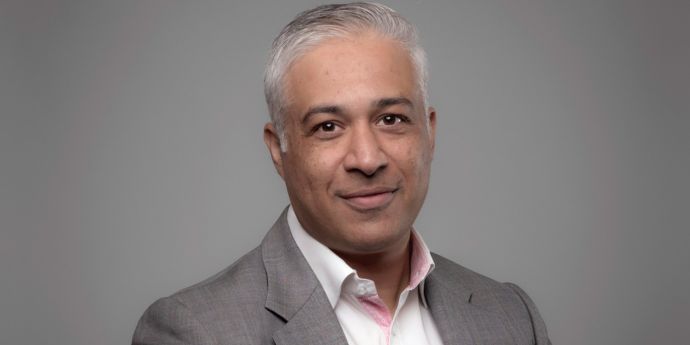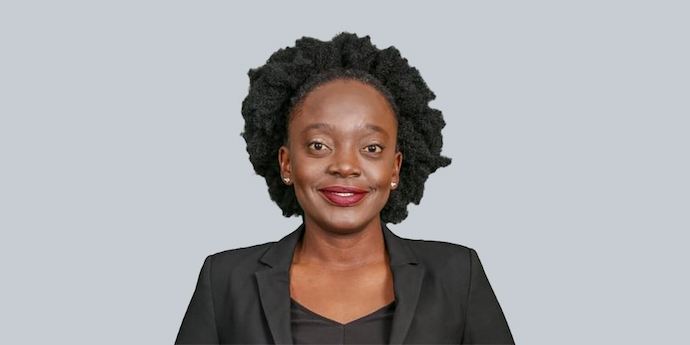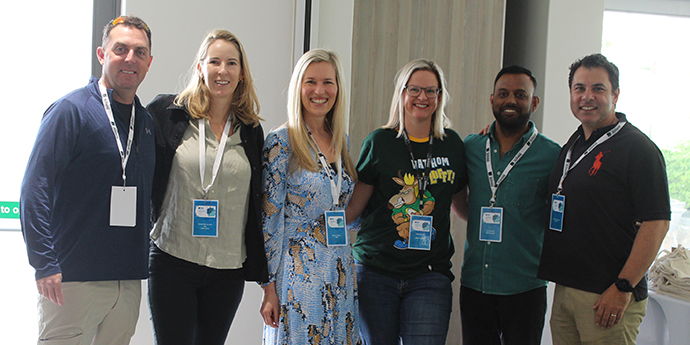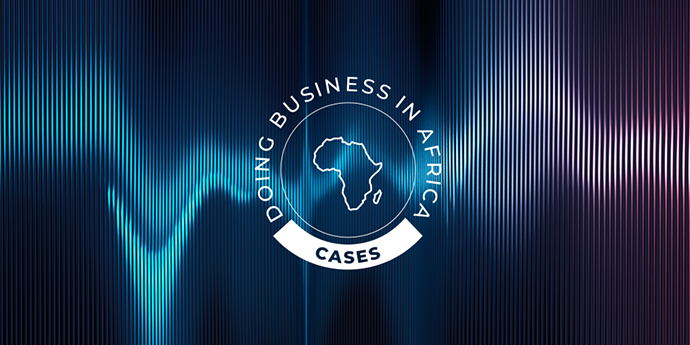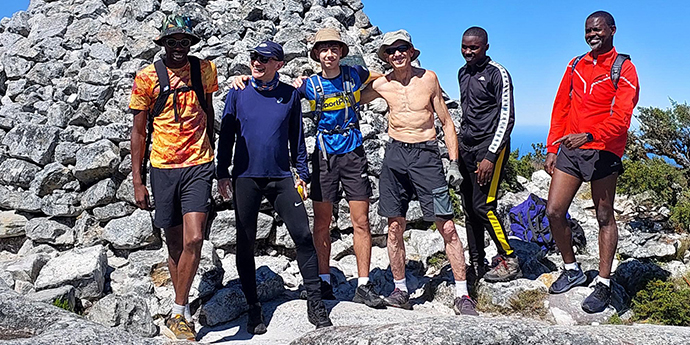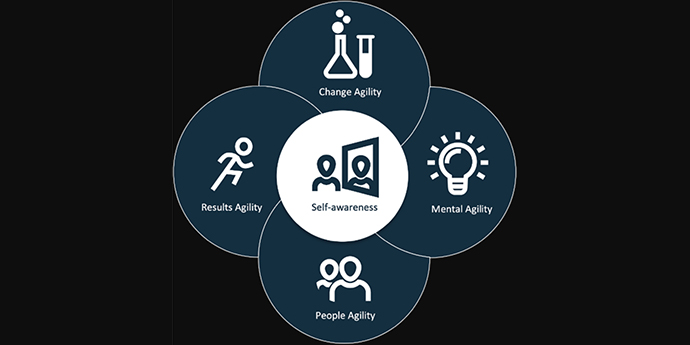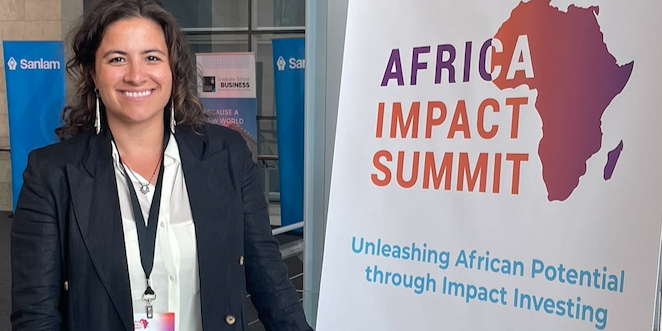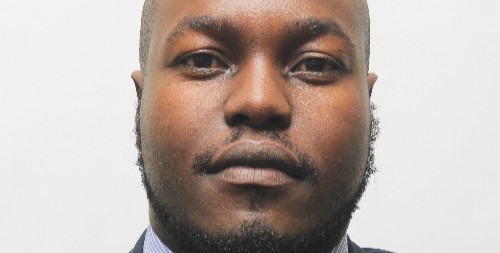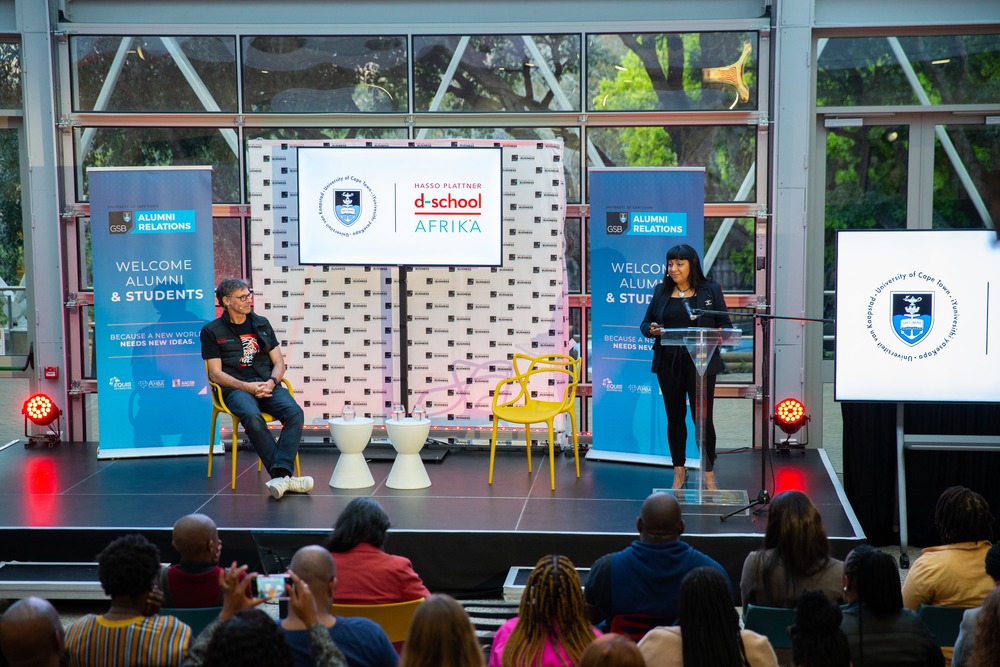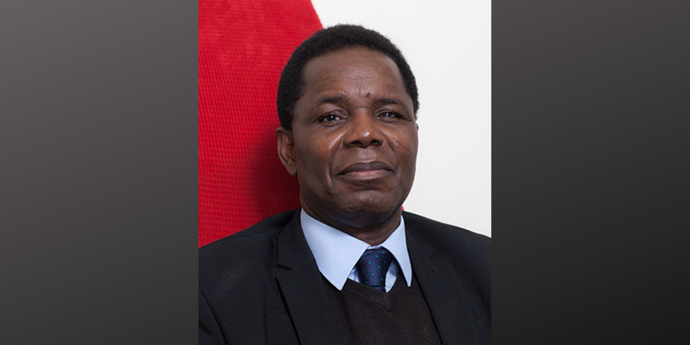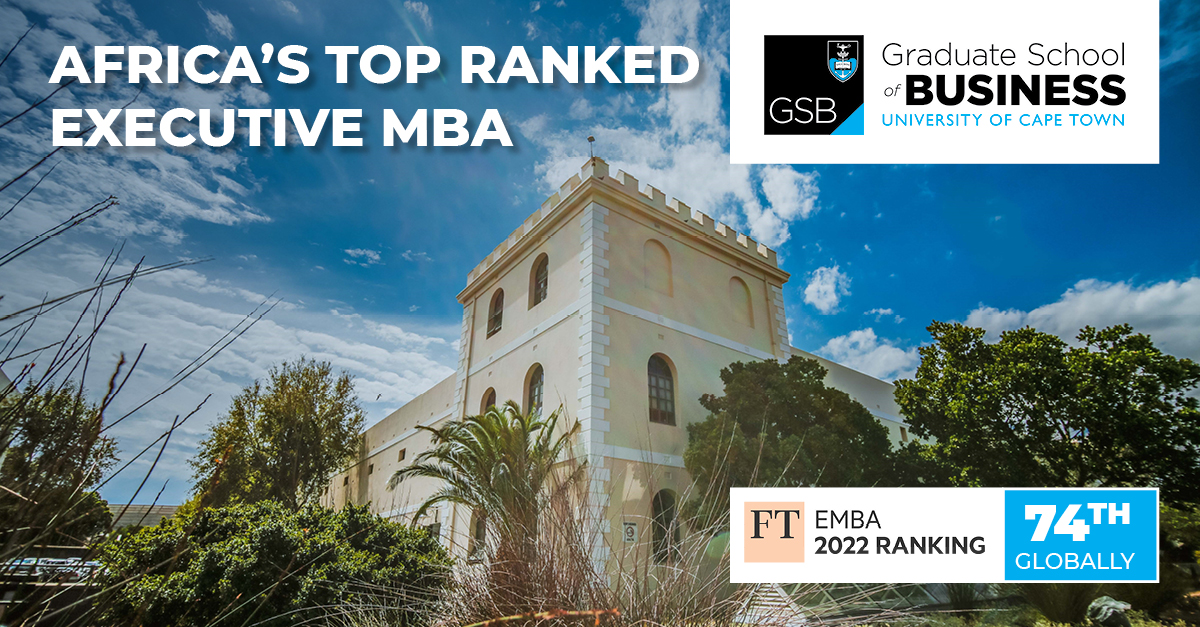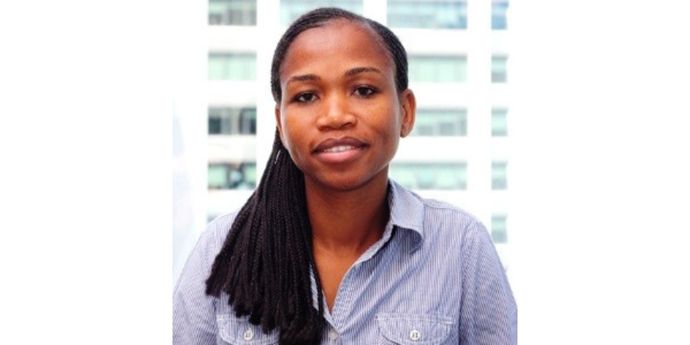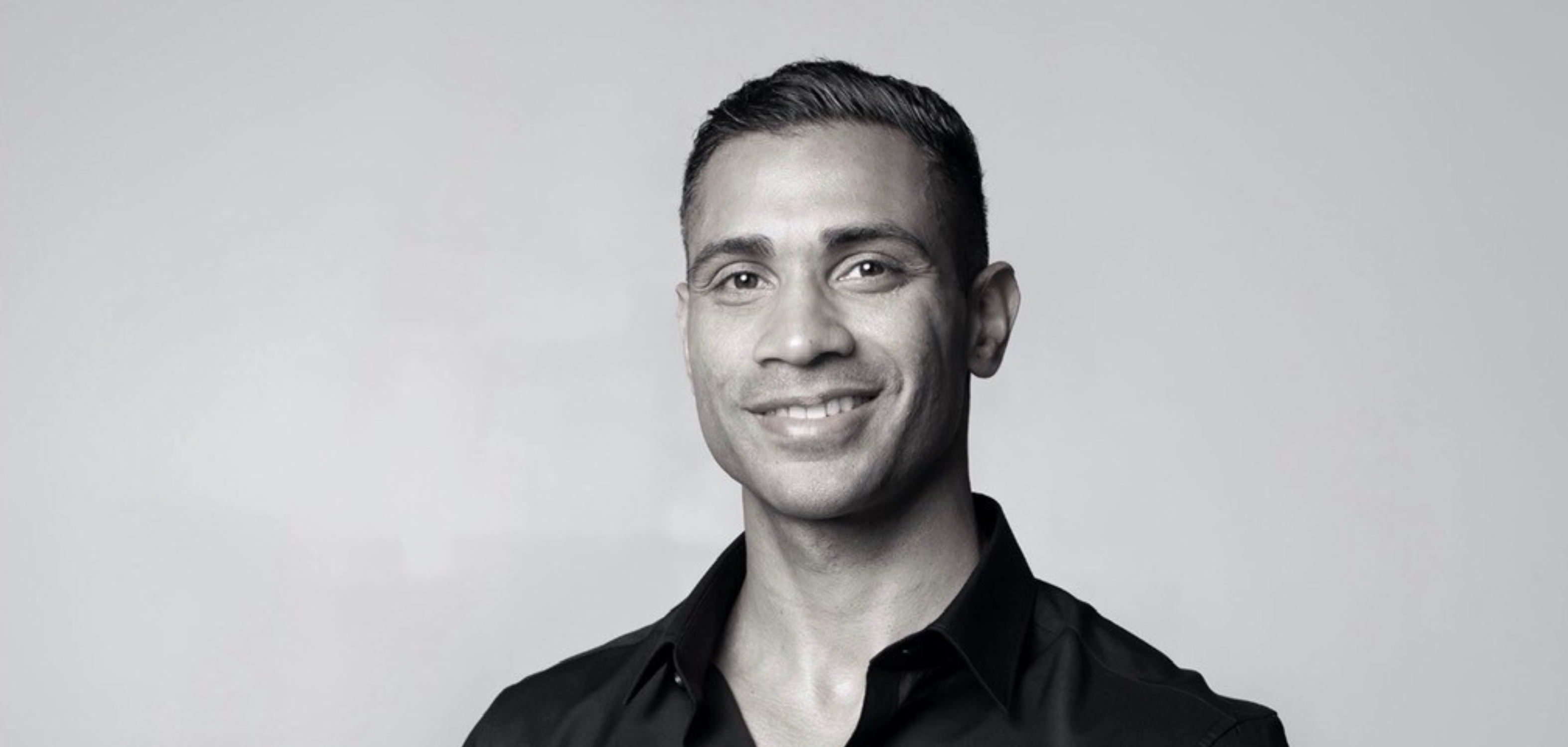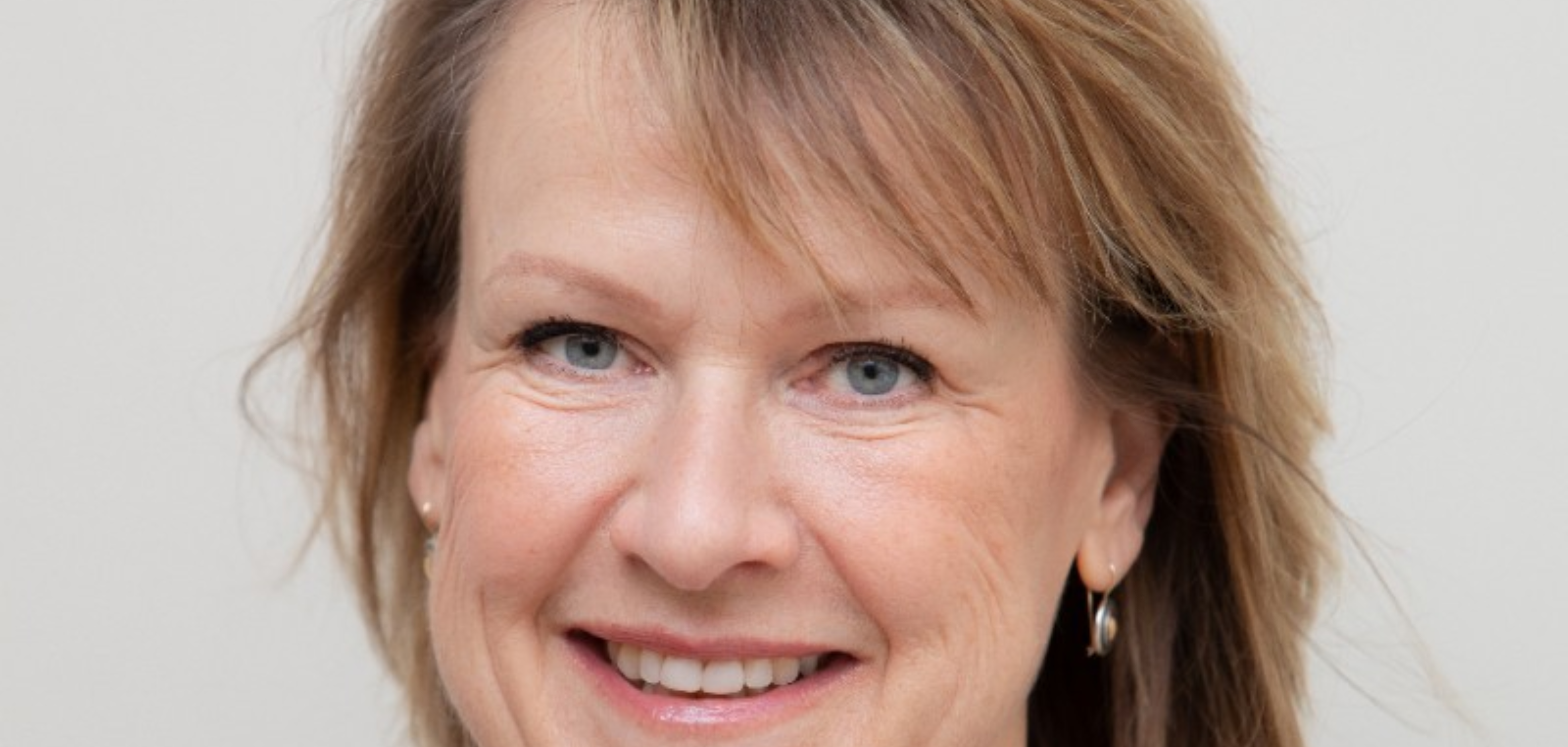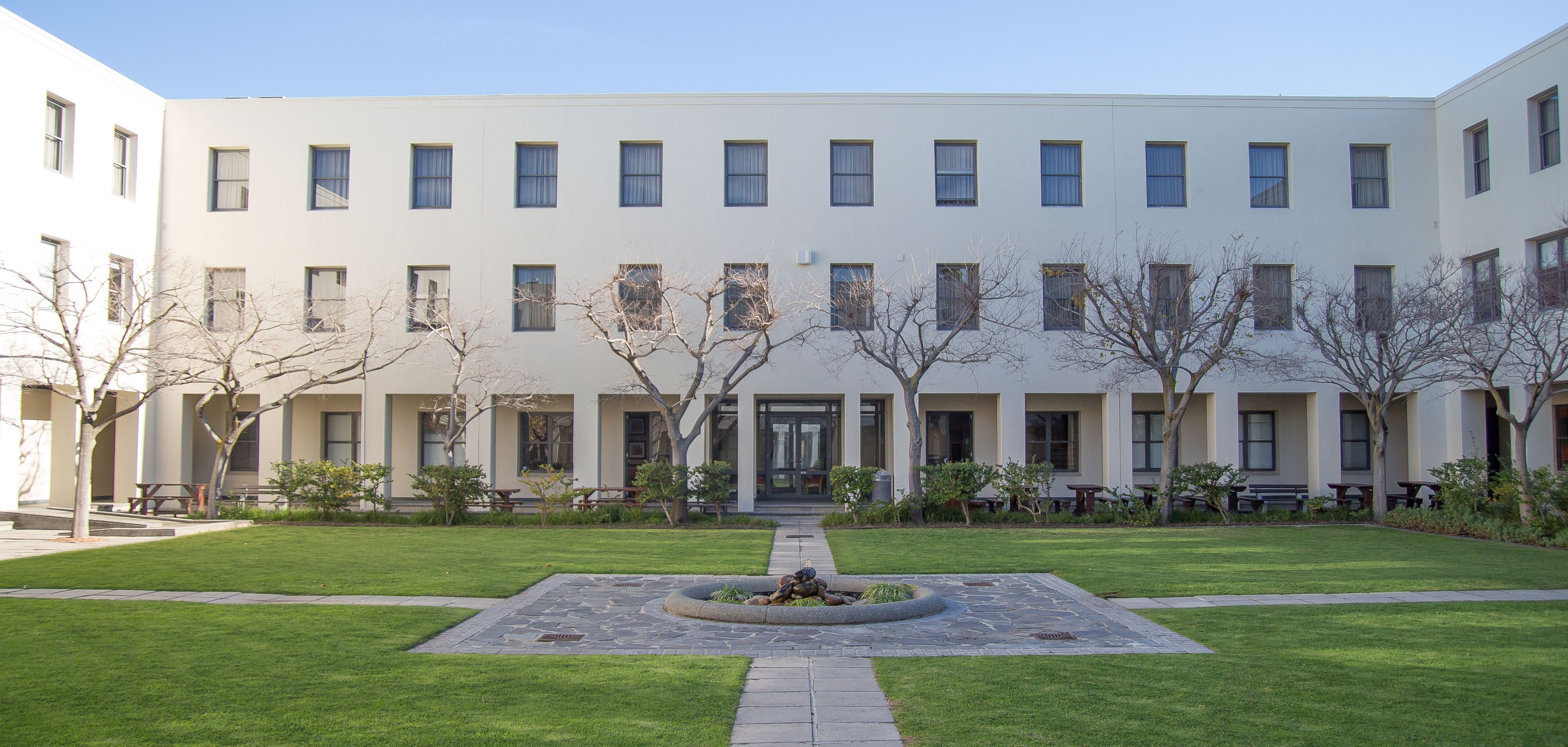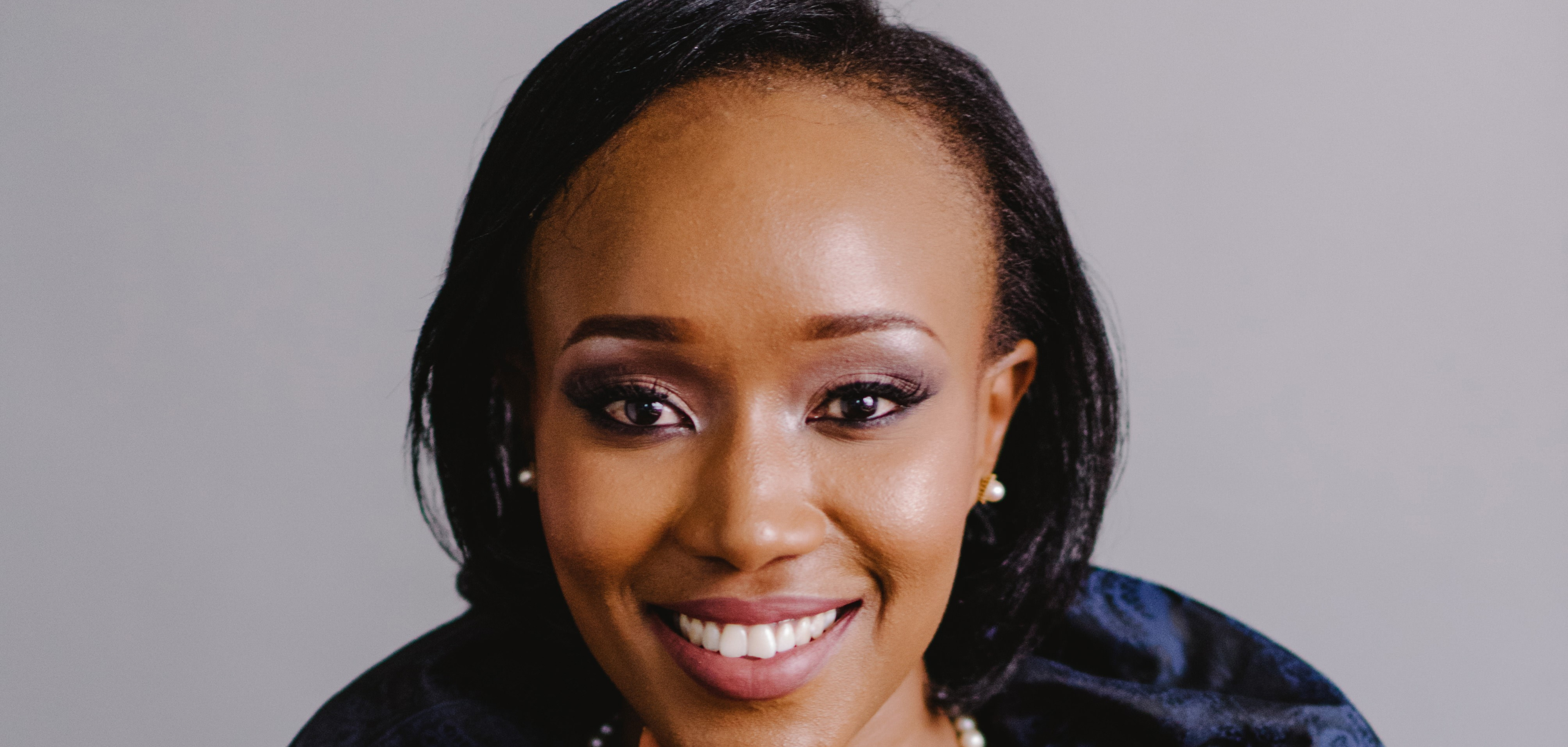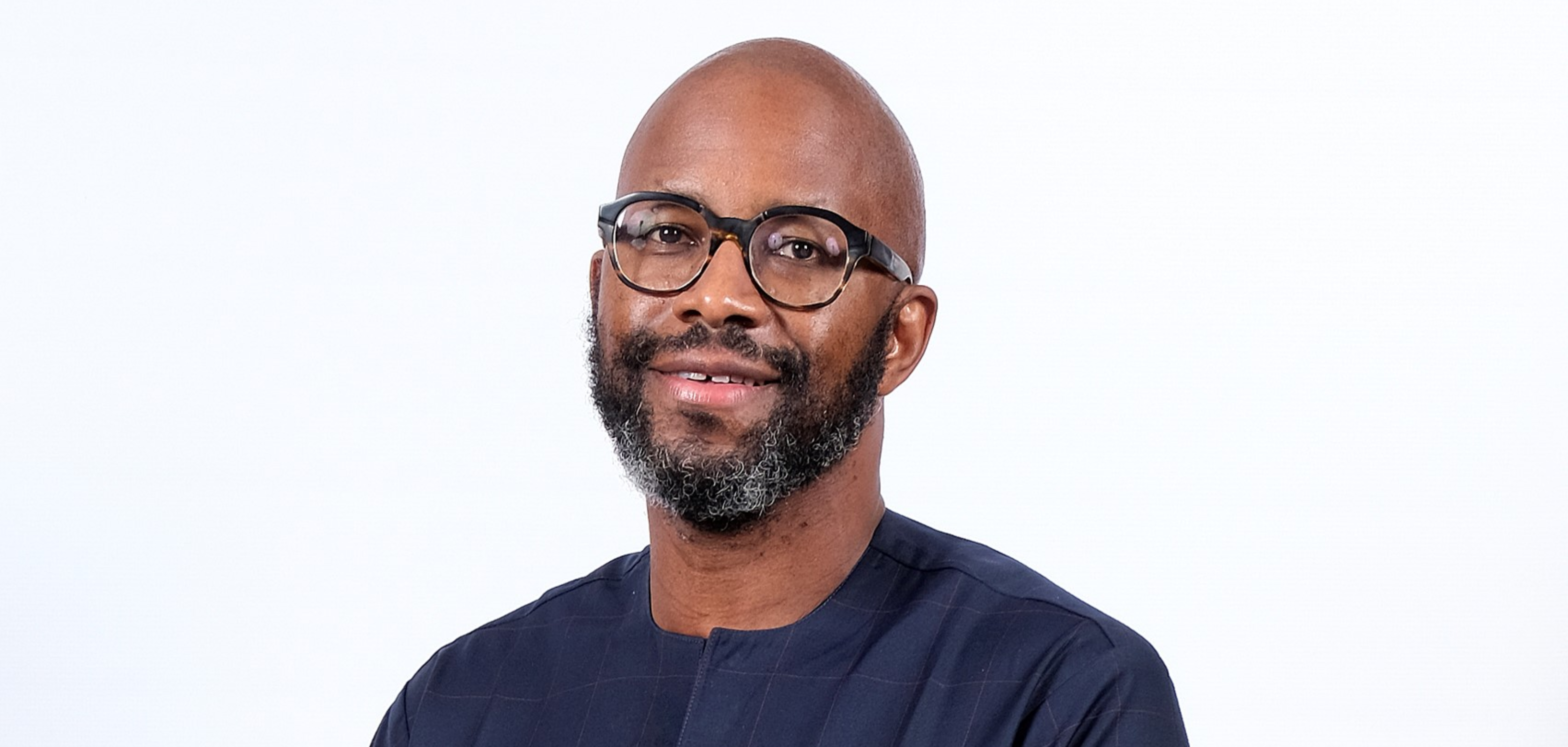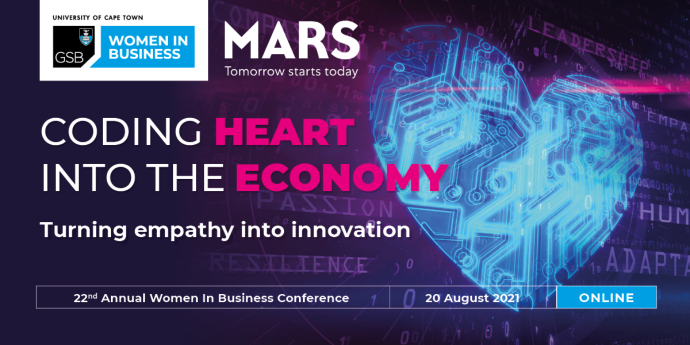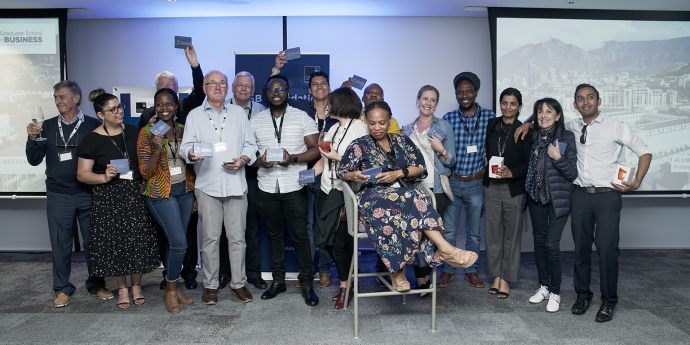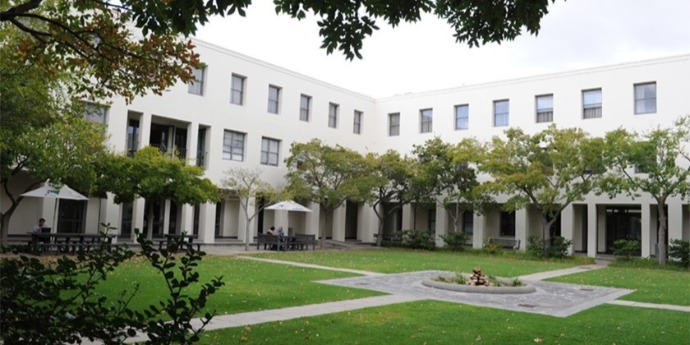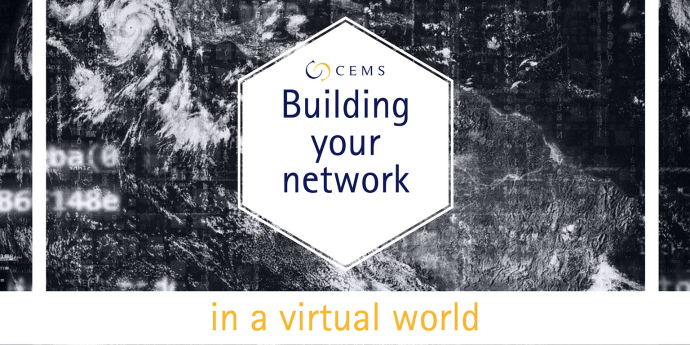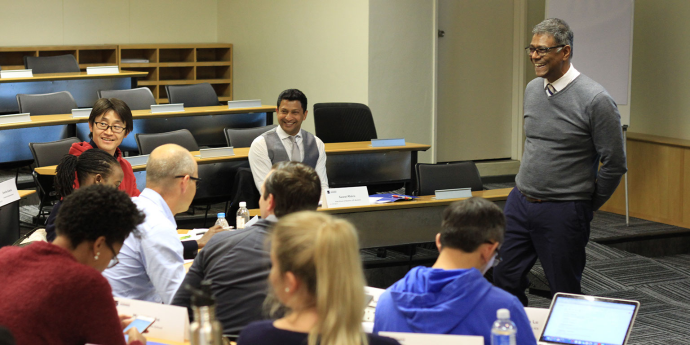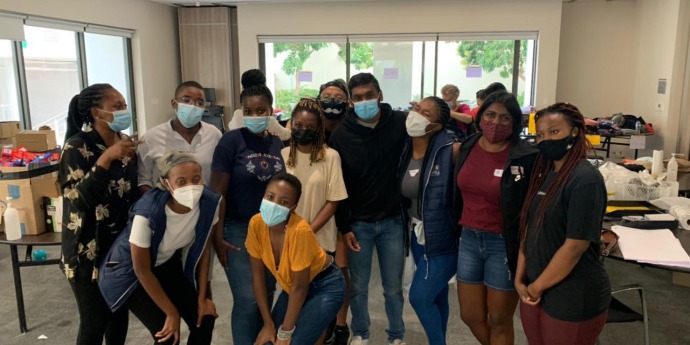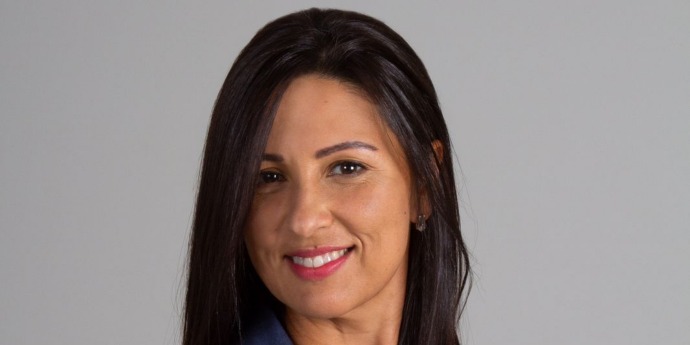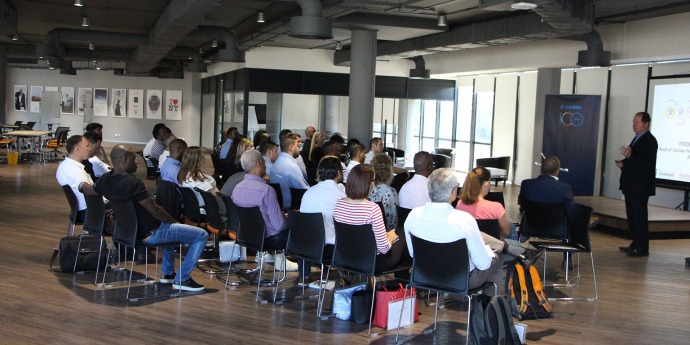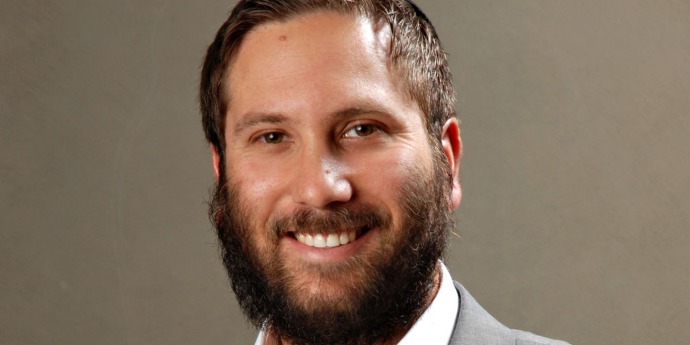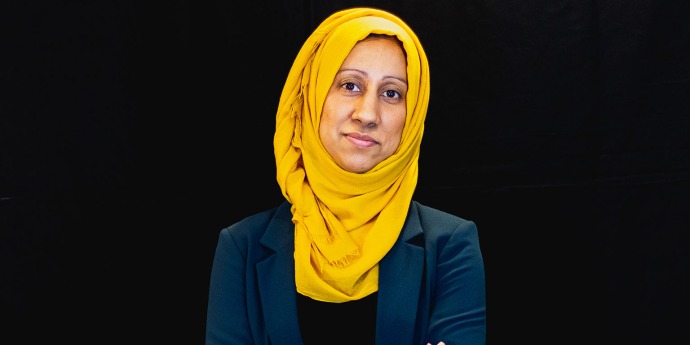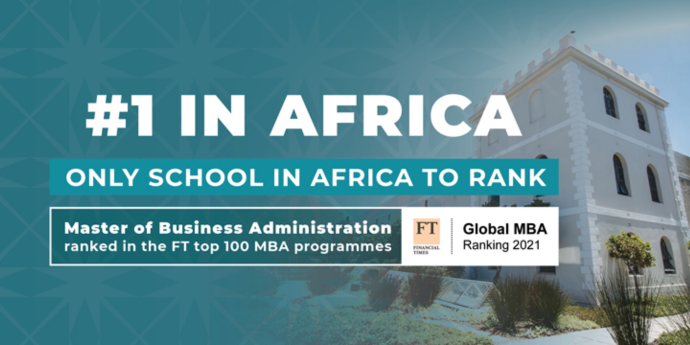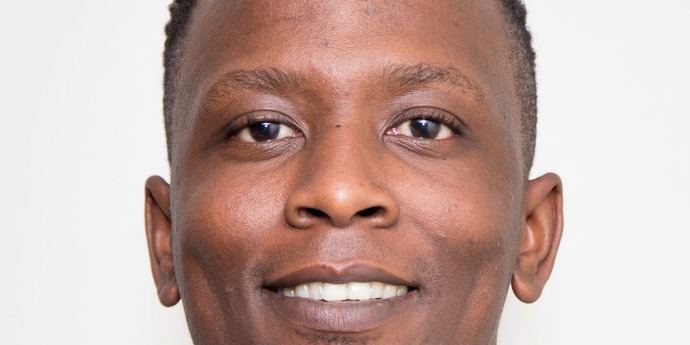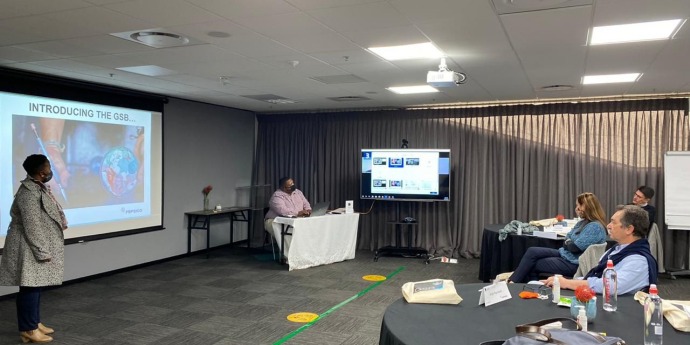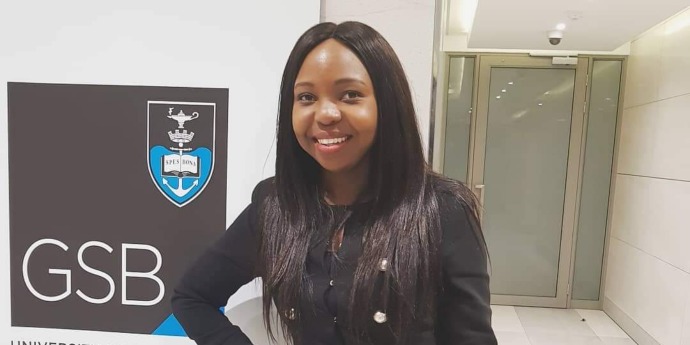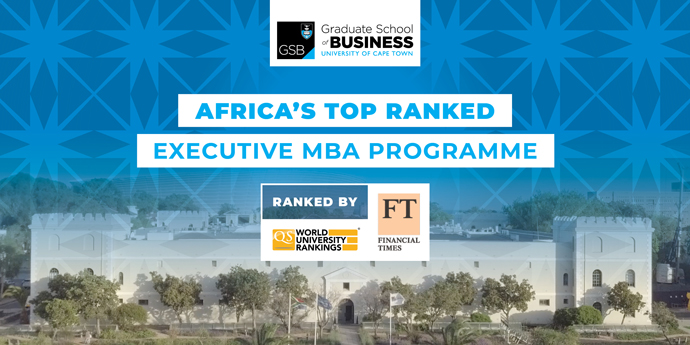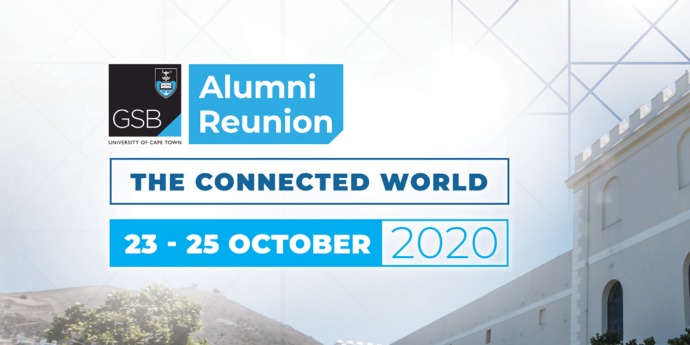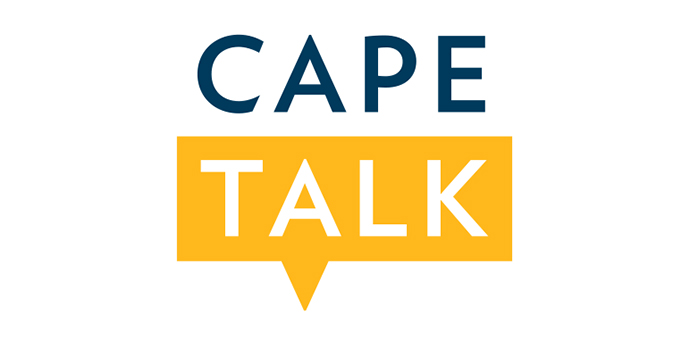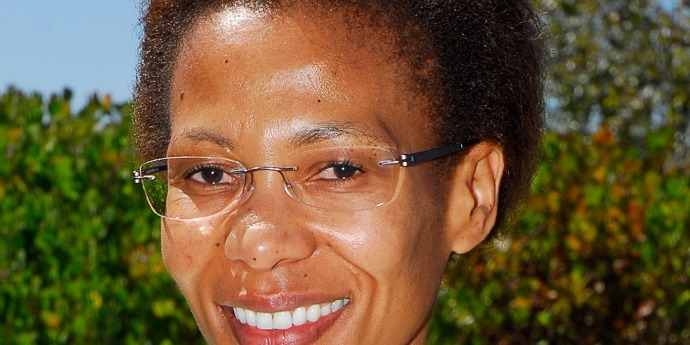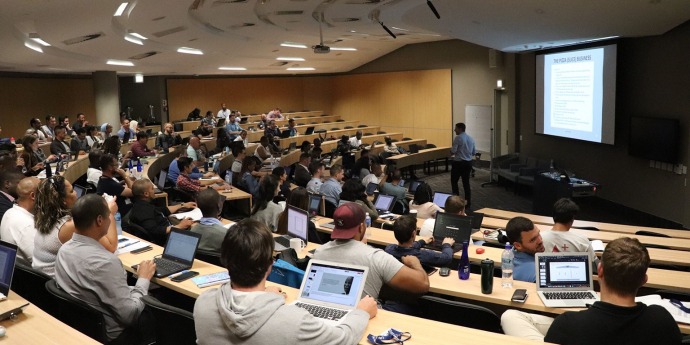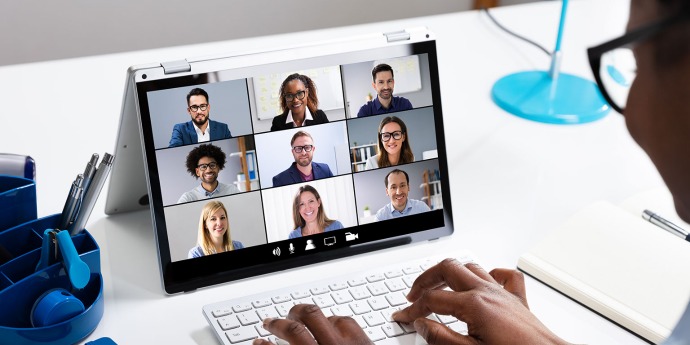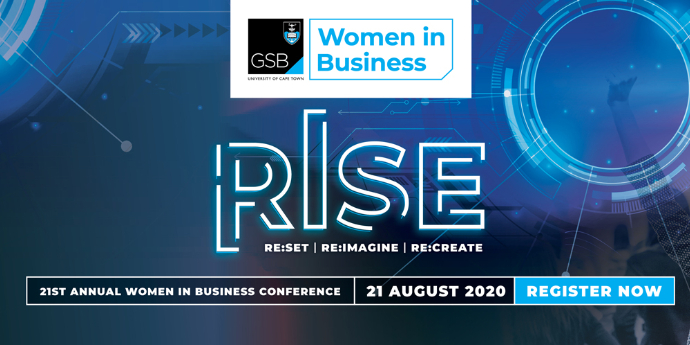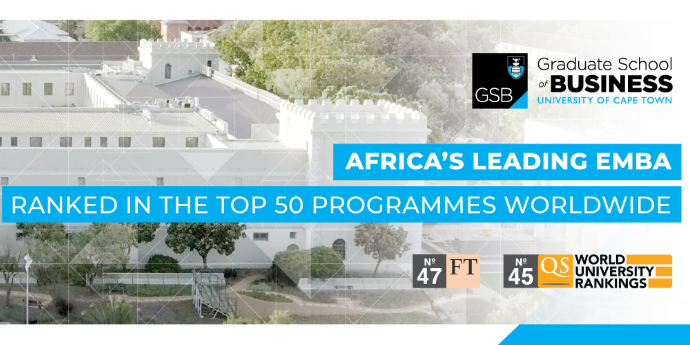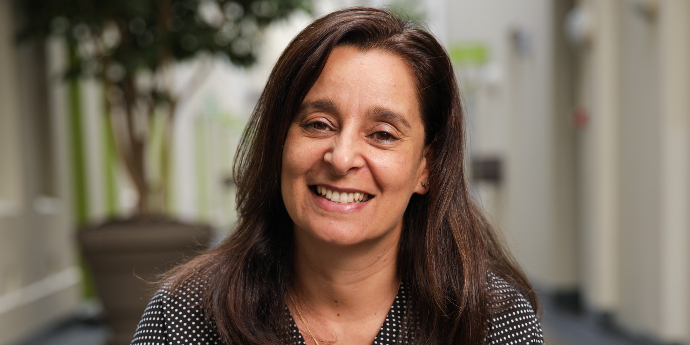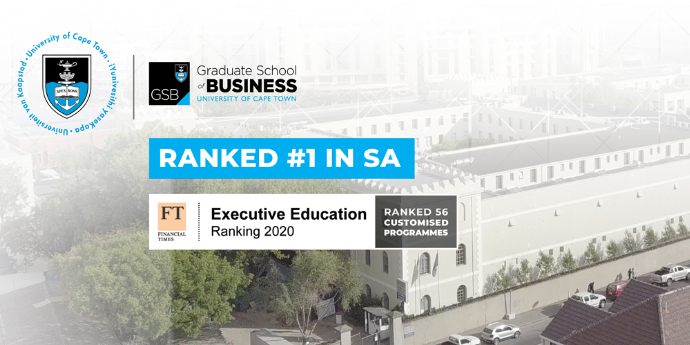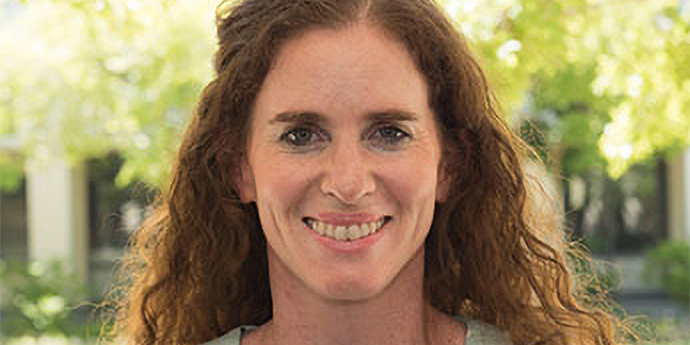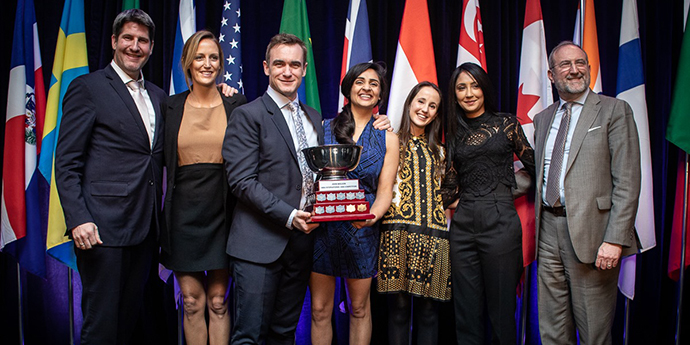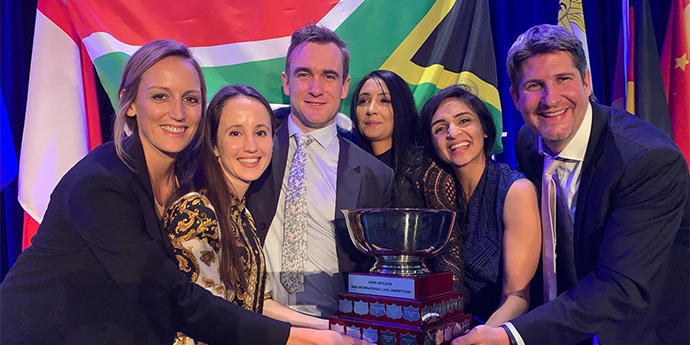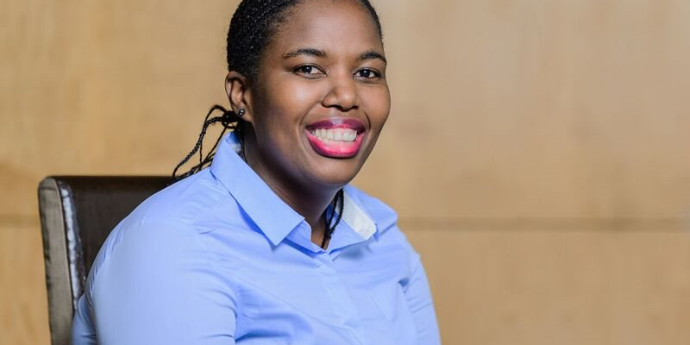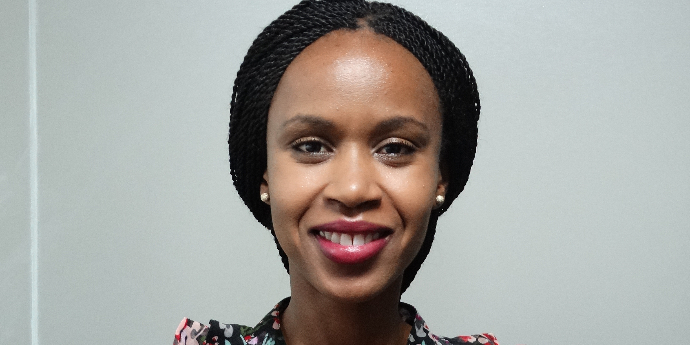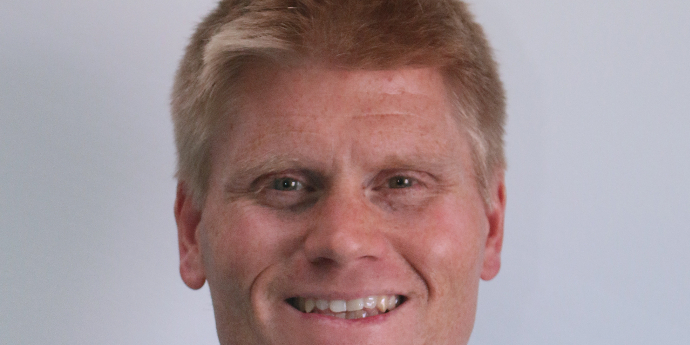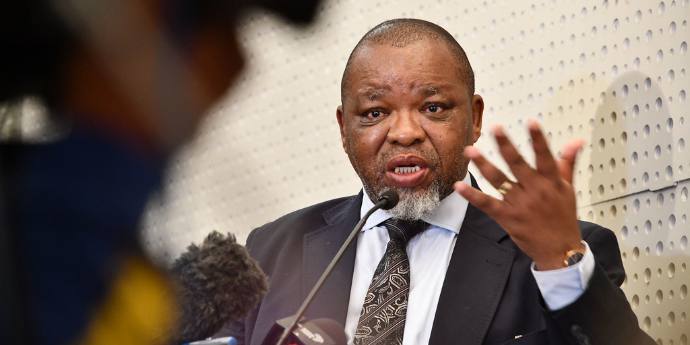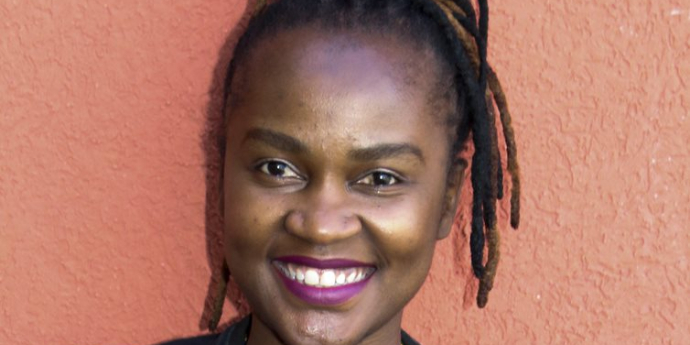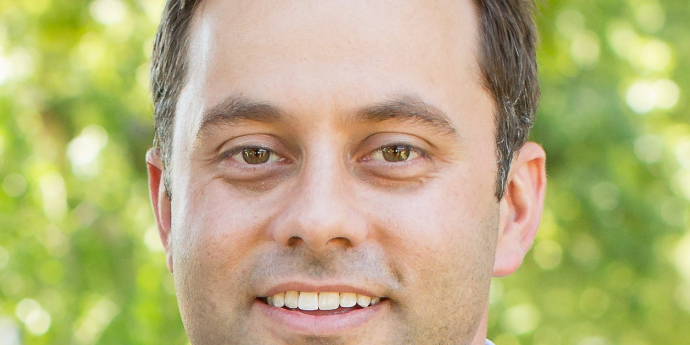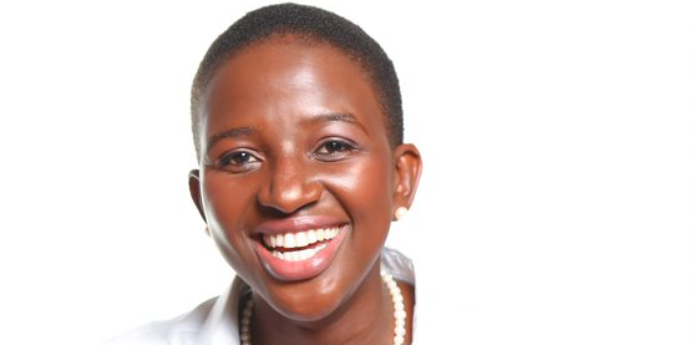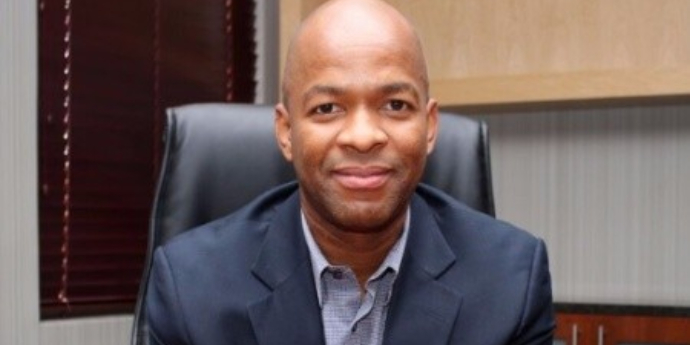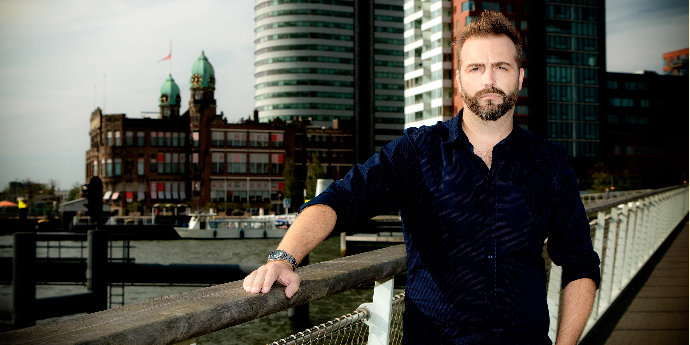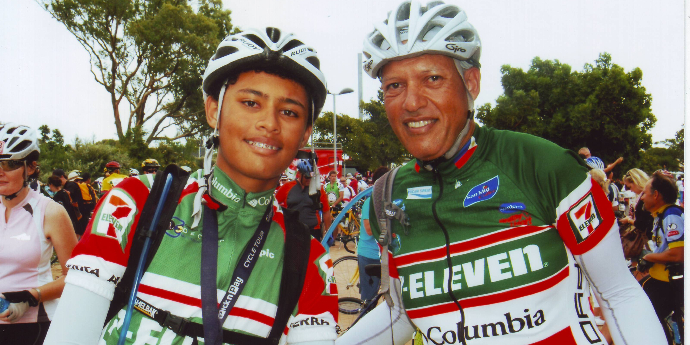Whether you loved or loathed them, networking events have joined the heap of face-to-face activities taken from us during the COVID-19 era — and with them, the many informal opportunities for meeting and greeting that can prove so pivotal on a career journey. The internet is an online cocktail party, giving us access to individuals without even needing to leave the house.
But just as we’ve adapted to other restrictions on our working lives, with Zoom meetings and digital conferences, so too have we found new ways to work and network with others. LinkedIn, for example, reported “record levels of engagement” in 2020, becoming even more valuable to job seekers and those exploring new career paths.
The challenge now, is for recent graduates embarking on their careers, and those wishing to pivot into other careers, to maximise the digital marketing opportunity offered by LinkedIn. When networking soirées return to the midweek calendar, the professional brand — as expressed online — is likely to remain as critical to one’s career as a well-crafted CV or hard-earned degree.
Connect with over eight million, professional South Africans and over 300 000 decision makers
For good reason LinkedIn remains the most credible and trusted social media platform. It is widely endorsed for its legitimacy of content and trust of the platform whilst creating a sense of community and relevance, and even for how it guards users’ personal information with a ‘members first’ lens at all times.
It may not have the member saturation of Facebook or Instagram, but it does boast a quality professional network and member base. LinkedIn has over eight million users in South Africa and over 33 million across Africa, not to mention the international penetration which is much larger than our continent combined. That number, to some degree, correlates with the relatively small group that accounts for the lion’s share of personal income tax in South Africa. It is fair to assume, then, that a large chunk of South Africa’s professional cohort is sitting in one digital space.
The platform also drives a different conversation than other social media platforms. Undoubtedly every channel has its strength and each platform allows for different types of audience and content engagement. However, if we think of the platform and the way it has evolved beyond a “jobs board” and how it’s living more of the mission to create economic opportunity for every member of the global workforce, we can see this is where professionals and businesses meet, digitally. Here, in one digital ecosystem LinkedIn now offers a space for not just hiring but learning, marketing, a sales engine for many businesses and a digital microphone for leaders including our president, Cyril Ramaphosa.
Now with this in mind as a global platform, LinkedIn gives each one of us South African professionals a window to the world — and a foot into the global jobs and career market.
How do I ‘do’ LinkedIn?
If you think copying and pasting your CV into the platform is it — you’re wrong. To make the most of the platform, you need to invest time and energy into creating — or recreating — your personal and professional brand. This is much more than just a profile or CV, and LinkedIn should be deployed with a clear strategy in mind. Anybody can create a profile; creating a personal brand and being able to digitally differentiate yourself is another matter.
Firstly, let’s start with Sam’s 3-step guide for creating a successful presence on the platform:
- Be clear about your mission
Ask yourself why you are using it. What is the ‘problem’ you are trying to solve? Creating a profile comes right at the end because doing so without first asking the ‘why’ question will result in a meaningless, directionless profile. What am I trying to achieve? Start a business? Target a position within a specific sector or business? Change careers? Interrogate your specific objective at the outset. - Create a content strategy
- This is all about what you’re going to say about why YOU are right for your career/that position or that company
- Make sure your mission is clear and your content reflects this
- This is about creating a point of differentiation. Think about how you can give a potential employer, wading through a parade of identical résumés, a true and favourable impression of yourself. Craft your profile with your target audience in mind and develop a content strategy that shows the hallmarks of a true thought leader.
- Build an audience/ or community of followers that are going to help you realise that mission and share your content into the right networks that will have influence over your next career play or influential coffee intro
- Whether you’re a young graduate looking for that first job or someone looking to pivot careers, you need to draw up a stakeholder network that’s relevant to you. Be specific about the contacts you target within an industry, profession, or company. Understanding who you need to talk to will help with the final step…
Now create your LinkedIn Profile (this is the easy part).
Here are a few ways LinkedIn helps you bring your professional and personal brand to life:
Your Title
This is more than just your ‘role’ or job description. What is your mission? Where are you going? In the same way that it takes (apparently) a tenth of a second to make a first impression — what do you want your mini elevator pitch to be? How can you use your title to get noticed?
Your Summary
A profile with all the relevant and updated information — and all the right keywords — can easily be identified by a recruiter scouring LinkedIn for potential candidates using key words for their roles for a new appointment. Those keywords should appear throughout your summary and experience.
Your Featured Media is where you share media – everything from featured LinkedIn posts to showcase your professional work and point of view. Use this as your content billboard for the most important rich media highlights.
Your Recommendations and Skills are where you highlight your skillset and where other credible leaders, peers and tertiary endorsements can vouch for your services and skills which helps in building your credibility and trust to future employers, investors and partners.
Together, these sections should evolve as your career grows and should be updated with new skills and recent recommendations. And if must be, cull skills that are no longer relevant to your career or a new sector you are trying to enter.
Secondly, it’s important to understand a few key terms when you’re wanting to really start to leverage the power of the platform with getting yourself noticed on it:
Engagement, Reach and Frequency play a big role in how the algorithm in the platform will work for, or against you. Engagement are your likes, comments and shares and are LinkedIn’s digital currency — the more you engage, the more you extend your reach beyond your immediate connections (the goal is to get your content seen by as many of the RIGHT people as possible that can positively influence your career). LinkedIn works much like a Facebook of 2010, operating like a spider diagram, seeking out connections and links. If there is one thing that graduates should seek to do, it is to expand their networks and reach. Move beyond your ‘inner circle’ and small pocket of followers and aim to build a broad community of connections.
LinkedIn tracks frequency. It prioritises content publishers who are consistent. Its algorithm — as that of most social media platforms — ‘favours’ users who are constantly using the platform and do so with intention.
The take-home message: expand beyond your ‘inner circle’
In the post-pandemic world, it will be tempting to fall back on those oh-so-reliable networking get-togethers. But how can we combine both to ensure we’re taking our careers into our own hands and instead of waiting for companies to find us? Just like Nike, Coca Cola and many brands needs multiple touchpoints or points of engagement with customers and clients and employers, we do too as personal and professional brands.
And although business cards may be exchanged at a cocktail event, it’s likely that the immediate response by a contact will be to check a name on a card against a Google search, which one out of three times brings up your profile on LinkedIn. Make sure yours is not just worth looking at, but thumb stopping enough to get you noticed.
Samantha Coom is currently the Founder & CEO of The Social Craft, ex Media Solutions Manager and Relationship Manager for Growth Markets at LinkedIn, EMEA.


